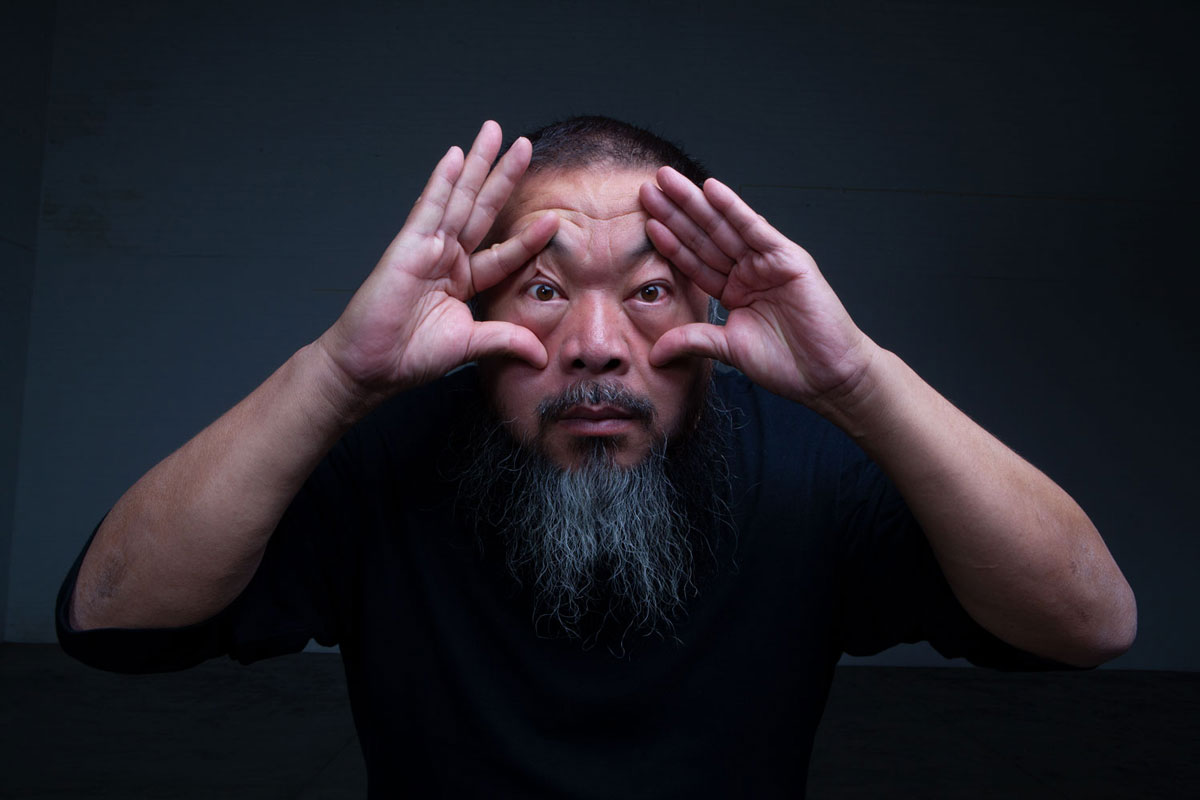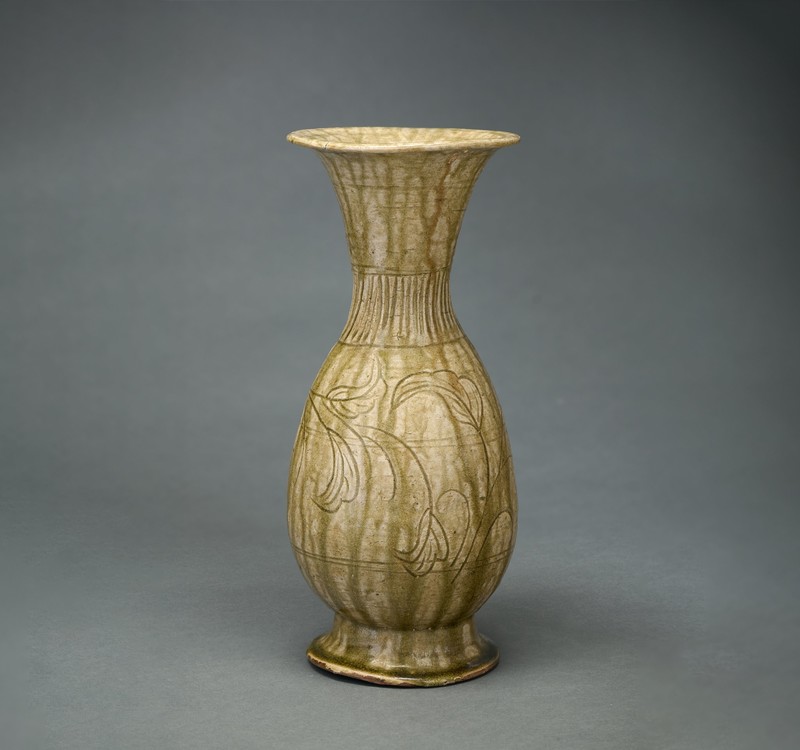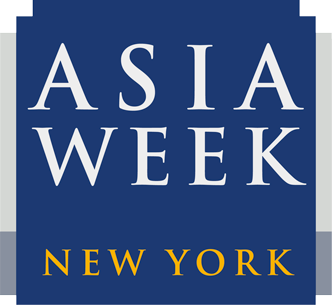Current Exhibitions at Seattle Art Museum

Courtesy of Ai Weiwei Studio, photo: Gao Yuan
Ai, Rebel: The Art and Activism of Ai Weiwei
March 12 – September 7, 2025
Ai, Rebel: The Art and Activism of Ai Weiwei is the first US retrospective in over a decade of globally renowned Chinese artist, Ai Weiwei. With over 130 works created over the course of four decades, this exhibition is the largest-ever exhibition in the US and offers visitors the opportunity to engage in the conceptual artist’s wide-ranging and thought-provoking body of work. Through performance, photography, sculpture, and immersive installations, Ai critically examines themes of history, power, human rights, and cultural identity.
Organized by the Seattle Art Museum and curated by Foong Ping, SAM’s Foster Foundation Curator of Chinese Art, this career-spanning exhibition highlights Ai as a provocateur and identifies his key strategies for disrupting artistic canons and challenging political authoritarianism.
To learn more about this exhibit and all related programs, click here.

Vase, 13th-14th century, Porcelaneous stoneware with incised decoration and ash glaze (Seto ware), Japan, Kamakura period (1185–1333), Eugene Fuller Memorial Collection, 53.19. photo: Scott Leen
Ash-Glazed Ceramics from Korea and Japan
July 9, 2025 – July 12, 2027
This exhibition brings together 34 ceramic artworks featuring ash glaze, all drawn from the Seattle Art Museum’s remarkable holdings of Japanese and Korean art. Spanning time, place, and function, the selection includes ancient Korean funerary and ritual gray wares, ancient Japanese Sue and Sanage wares, early medieval Japanese Seto wares, and large storage jars from medieval and contemporary Japan.
Exchange with peoples of the southern Korean peninsula led to the introduction of a variety of advanced technologies to the Japanese islands during the Kofun period (ca. 250–538). In the realm of pottery, highly skilled Korean makers brought both knowledge of the potter’s wheel and the technical expertise needed to create a new type of kiln now commonly known by the Japanese term anagama.
Built into a hillside with a fire fueled by wood at the lower end and a flue at the higher end, the anagama kiln fires pottery at around 1200–1400 degrees centigrade (2200–2500 F). Prior to this in Japan, pottery was fired in open or partially open trench kilns, reaching only around 800 degrees centigrade. As in Korea, the higher firing temperature resulted in stronger vessels, which replaced lower-fired wares as the standard for ceremonial and ritual purposes after the 400s. This firing environment also led to the development of natural, or “accidental,” ash glazes, created when wood ash in the kiln collects on the vessels, creating a glaze that appears greenish-yellow to deep green, sandy to glossy, and dripping to charred. Ash glazes inspire artists around the world to this day.
To learn more, click here.
Chronicles of a Global East
October 20, 2022 – Ongoing
By land and by sea, the premodern global world was deeply interconnected. This exhibition narrates a few of the many stories related to the Silk Roads and maritime routes, where innumerable transnational artistic traditions emerged. A monumental deerskin map provides a commanding view of Tainan, a port city with Dutch-built fortresses and Chinese and indigenous residents. In a reversal of Chinoiserie, an imperial mirror shows Chinese palaces set within a pastoral European landscape. The blue-and-white ceramics on view recall Chinese porcelains but are in fact inventive Vietnamese commercial wares whose profitable path to market was interrupted after their transportation was shipwrecked. Each appropriation represents a claim of advantage—whether over strategic territory, in artistic and technological sophistication, or business innovation. Each also embodies curiosity, a desire for new knowledge through borrowing from the unfamiliar “other.”
This exhibition is made possible by:
Taiwan Studies Arts & Culture Program, University of Washington
University of Washington East Asia Center
Lucie Tuan In honor of Yuyann Hu and Enlei Tuan
To learn more, click here.
Current Exhibitions at Seattle Asian Art Museum
Water Lilies, 2022, Ai Weiwei, Chinese, b. 1957, LEGO bricks, 105 1/2 x 602 3/4 in., Courtesy of Ai Weiwei Studio and neugerriemschneider, Berlin, © Ai Weiwei, photo: Marjorie Brunet Plaza.
Ai Weiwei: Water Lilies
March 19, 2025 – March 15, 2026
At nearly 50 feet in length and made from 650,000 LEGO blocks, Ai Weiwei’s Water Lilies (2022) is the artist’s largest and most ambitious LEGO work to date. This reinterpretation of Claude Monet’s iconic triptych from the Museum of Modern Art in New York offers an equally immersive experience, merging the lush beauty of Monet’s water lilies with Ai’s personal history.
Visitors can experience this work—displayed in one long panel on a single wall—up close in the immersive space of an intimate gallery at the Seattle Asian Art Museum. This is the first time this work has been shown in the US; it debuted in 2023 in Berlin at the Neugerriemschneider Gallery.
To learn more, click here.
Boundless: Stories of Asian Art
February 8, 2020 – Ongoing
Asia can be defined in many ways, geographically, culturally, and historically. As the world’s largest and most populated continent, Asia is not uniform or fixed: its boundaries shift, its people and cultures are diverse, and its histories are complex. After a transformative renovation, the Seattle Asian Art Museum—one of only a few Asian art museums in the United States—reopens with a presentation that embraces this complexity. You will not find galleries labeled by geography. Instead, works from different cultures and from ancient to contemporary times come together to tell stories about Asia in a non-linear narrative.
The galleries are organized around 12 themes central to Asia’s arts and societies such as worship and celebration, visual arts and literature, and clothing and identity. The south galleries feature art inspired by spiritual life and the north galleries show art inspired by material life. Some objects relate to both the spiritual and material realms and are a testament to art’s layered meanings.
Each artwork tells its own story of when, where, how, and why it was made. But when seemingly disparate artworks are displayed together, meaningful connections and questions emerge. Explore our renowned collection and discover ideas across time and across Asia.
To learn more, click here.


